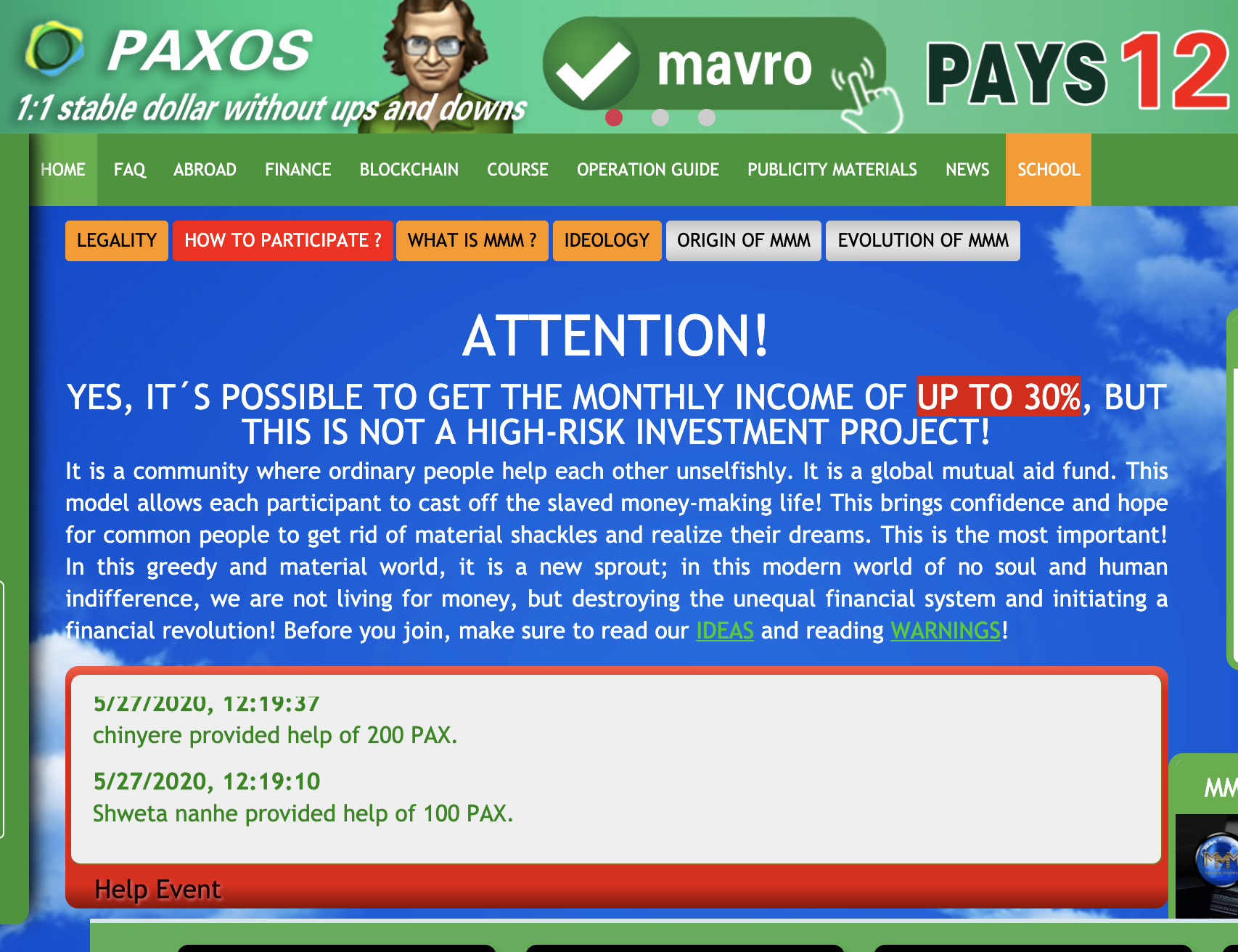Barclays and Clearmatics Call on Coders to Help Blockchains Talk to Each Other

U.K. bank Barclays and London-based startup Clearmatics are inviting coders to come up with ways to connect ethereum with made-for-enterprise blockchains such as Hyperledger Fabric.
The interoperability challenge is being hosted by Clearmatics and will use a template involving its open-source interoperability protocol, Ion. The hackathon will take place at the Barclays Rise fintech hub in London on February 5 and 6.
The importance of addressing interoperability between major enterprise blockchain platforms is reflected by the big names involved: a panel of judges will feature representatives from megabanks Barclays, UBS, HSBC and Santander. (The prizes for the teams that come up with the most impressive solutions have not yet been announced.)
The consulting giant EY will be observing the event and will produce a report based on the findings (a role played by Deloitte in the last Barclays DerivHack.)
In an exclusive interview with CoinDesk, Dr. Lee Braine of Barclays’ chief technology office said:
“We would like to gain a greater understanding of the challenges and potential solutions for interoperability between different distributed ledgers. Such interoperability can be complex and this hackathon will permit the industry to experiment with the Ion protocol and also provide feedback to the open source project.”
Stepping back, the enterprise blockchain world has been reduced to about four prominent industry platforms. There are ethereum variants like Quorum, developed by JPMorgan; the Hyperledger family of protocols; R3’s Corda; and the Digital Asset platform.
Unless they can be made to talk to each other, these new systems risk recreating the insular silos they were supposed to replace, undermining the business case for blockchain as an efficiency booster and lubricator of trade. For example, a currency running on ethereum can’t easily be swapped for a stock or bond tracked on Hyperledger without a way for each chain to verify the transaction on the other. On the other hand, a monolithic blockchain would undercut the purported benefit of decentralization.
Sara Feenan, product strategist at Clearmatics pointed out that a single governing system “really creates a single point of failure and a single point of trust. Nor do we want something that is a coin or a token and have to exchange it at some point during the journey.”
In particular, she said, interoperability between Hyperledger Fabric and ethereum variants is important, not only because of the weight Fabric carries in the enterprise space, but also thanks to the growing ties between the Enterprise Ethereum Alliance (EEA) and the Hyperleder Foundation.
“We [Clearmatics] are members of the EEA and there is now this narrative of Hyperledger and EEA becoming associate members of one another at the end of last year,” Feenan said.
Braine said Barclays will submit a team of its own engineers to address the challenge, but they will take a slightly different tack by attempting to use Ion for interoperability between ethereum and Corda.
Ion the prize
Clearmatics, which is the technology provider to the Utility Settlement Coin consortium of banks, has previously shown how its Ion protocol can foster interoperability.
In May of last year, Ion helped a blockchain-based derivative to be originated on ethereum-based Clearmatics and settled on the Axoni blockchain, which is also a fork of ethereum.
Chris Chung, blockchain engineer at Clearmatics, said the “grand vision for Ion is interoperability with everything,” adding that research into interoperation with Hyperledger Fabric started late last year.
The USC project, which aims to create a risk-free tokenized asset backed by central bank money, is also an important driver, said Chung, adding:
“We want to ensure that USC does reach the broadest kind of possible applications of the target settlement. This puts a lot of weight on Ion as the interoperability framework to widen the gateway to access of USC.”
Interoperability solutions would facilitate so-called atomic swaps – cross-chain transactions where either both sides of the trade are completed at the same time, or neither is. Braine envisioned the tech being applied first to relatively simple financial products like foreign exchange (FX) trades before taking on “incremental complexity.”
“Starting with perhaps an FX payment versus payment (PvP) with two different currencies, I can imagine the next steps,” he said. This could then lead to delivery-versus-payment (DvP) – where a non-cash asset such as a security is exchanged for money.
“As many have highlighted in the past, existing domestic payment systems are quite efficient; the real value of these types of protocols comes when you have more complex products that benefit from atomic swaps because you are then able to achieve the faster settlement with reduced risk,” said Braine.
Driving home the need for blockchains to talk to each other, John Whelan, head of digital investment banking at Santander, compared that to the way that enterprises work with multiple operating systems today.
“There is no doubt we will live in an environment where we will have multiple operating systems, if you want to use that analogy,” he said. “And those operating systems will need to be interoperable with each other just like they are today, whether it’s Android versus Windows versus MacOS etc.”
Barclays image via Shutterstock










